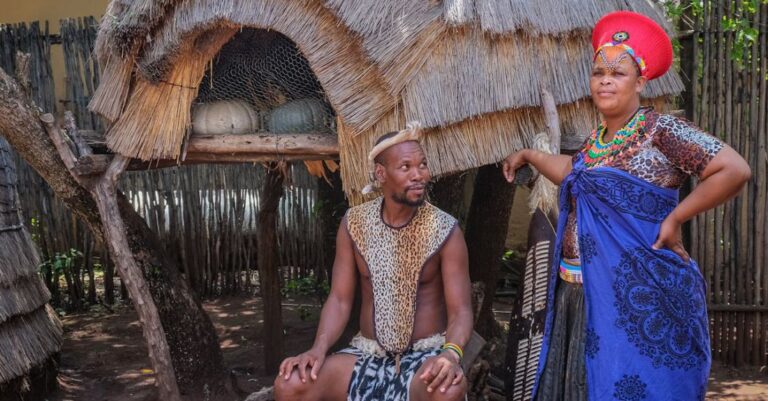
Cultural heritage plays a pivotal role in shaping individual and collective identities, serving as a powerful force that influences how people perceive themselves and their place in the world. From traditions and customs to language and art, cultural heritage forms the bedrock of who we are, providing a sense of belonging, continuity, and connection to our roots. In this article, we delve into the intricate relationship between cultural heritage and identity, exploring how the former molds the latter in profound ways.
The Power of Tradition and Customs
One of the primary ways in which cultural heritage influences identity is through the preservation and transmission of traditions and customs from one generation to the next. These time-honored practices serve as a link to the past, carrying with them the values, beliefs, and rituals of our ancestors. By participating in these traditions, individuals not only honor their heritage but also reaffirm their sense of identity and belonging within their cultural community.
Moreover, traditions and customs provide a framework for social interaction and cohesion, helping to strengthen bonds among community members. Whether it is celebrating festivals, observing religious ceremonies, or upholding customary practices, these shared experiences create a sense of unity and solidarity among individuals who identify with the same cultural heritage.
Language as a Key Marker of Identity
Language is another key element of cultural heritage that deeply influences identity. Beyond being a means of communication, language embodies the history, values, and worldview of a particular culture. For many individuals, their native language is intrinsically tied to their sense of self, serving as a linguistic emblem that reflects their cultural identity.
The preservation of language is crucial in maintaining cultural continuity and fostering a sense of pride and belonging among speakers. When a language is lost or marginalized, so too are the unique perspectives and knowledge embedded within it. As such, efforts to safeguard and revitalize endangered languages are essential in preserving the diversity of cultural heritage and ensuring that future generations have access to this invaluable aspect of their identity.
Art and Creativity as Expressions of Identity
Artistic expressions, whether in the form of visual arts, music, dance, or literature, serve as powerful vehicles through which cultural heritage is conveyed and identity is affirmed. Artists draw inspiration from their cultural backgrounds, infusing their creations with the richness and depth of their heritage. Through art, individuals can explore and celebrate their cultural roots, expressing their unique identity and worldview to the world.
Artistic traditions also serve as a means of preserving and transmitting cultural knowledge from one generation to the next. By engaging with traditional art forms and practices, individuals not only connect with their heritage but also contribute to its ongoing evolution and relevance in contemporary society.
The Impact of Cultural Heritage on Personal Identity
On a personal level, cultural heritage plays a significant role in shaping individual identity by providing a sense of continuity and connection to one’s past. For many people, exploring and embracing their cultural heritage can be a transformative experience, helping them better understand who they are and where they come from. By embracing their roots and traditions, individuals can cultivate a strong sense of self-awareness and pride in their cultural identity.
Furthermore, cultural heritage can also influence how individuals navigate their place in the world and interact with others. By understanding and appreciating different cultural perspectives, individuals can cultivate empathy, respect, and a sense of shared humanity across diverse communities. In this way, cultural heritage serves as a bridge that connects people from different backgrounds, fostering understanding and mutual appreciation.
Embracing Cultural Heritage for a Diverse Future
As societies become increasingly diverse and interconnected, the importance of preserving and celebrating cultural heritage becomes more crucial than ever. By recognizing the significance of cultural heritage in shaping individual and collective identities, we can cultivate a greater sense of unity, respect, and appreciation for the diverse tapestry of human experiences.
In conclusion, cultural heritage serves as a powerful force that shapes and influences identity in profound ways. From traditions and customs to language and art, cultural heritage provides a sense of belonging, continuity, and connection to our roots. By embracing and celebrating our cultural heritage, we can foster a deeper understanding of ourselves and others, paving the way for a more inclusive and vibrant future.





